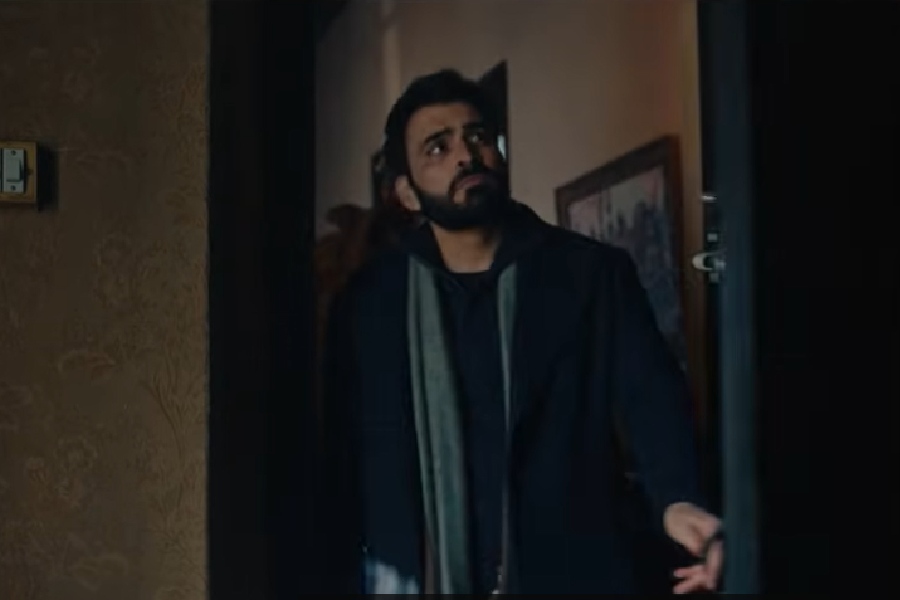Kashmir, in cinema, has always been a paradox — serene and scarred, beautiful and broken. Baramulla, Aditya Suhas Jambhale’s latest film after Article 370, walks right into that paradox and tries to turn it into a ghost story. It’s like Stranger Things meets The Kashmir Files, where history meets horror and politics blends with the paranormal.
The result is gripping in parts but ultimately too ham-handed to be truly haunting.
The story begins with the disappearance of a schoolboy in the small town of Baramulla in Kashmir. DSP Ridwaan Sayyed (Manav Kaul) is called in to investigate, bringing along his wife Gulnaar (Bhasha Sumbli), teenage daughter Noorie (Arista Mehta), and young son Ayaan (Rohaan Singh). They move into an official residence with creaking floors, locked rooms, and uneasy silences. The town outside is tense; the house inside, haunted.
As Ridwaan digs deeper, the mystery of the missing children starts mirroring the unease at home. The film’s first half follows parallel narratives: a police procedural unfolding alongside a slow-burn haunted-house drama. Jambhale creates the mood effortlessly. You expect Baramulla to use its supernatural layer as a lens to explore what violence does to a place and its people.
But that promise doesn’t last. Soon, the horror stops being metaphor and turns into a message. The investigation leads to a network of militants “sowing seeds” of insurgency among children, while the haunted house begins to reveal the wounds left by the Kashmiri Pandit exodus.
There’s nothing wrong with revisiting that trauma — it remains one of the darkest chapters in modern Indian history. The trouble is that Baramulla treats the past not as a tragedy to be understood, but as a weapon to be brandished. The story of a haunted house becomes a sermon about nationalism. The missing children become a metaphor for a generation gone astray, saved only by moral correction.
Manav Kaul, though, keeps things from tipping into melodrama. As Ridwaan, he’s restrained, melancholic, and human — a man trying to uphold duty while being crushed by his past. Kaul carries the film’s emotional weight long after the script loses balance.
Baramulla also shines in its technical finesse. The cinematography by Harshvir Oberai paints Kashmir in muted hues, capturing both its beauty and the unease in the valley. The recurring white tulip becomes a metaphor of the valley’s lost innocence, although by the end, its symbolism feels stretched thin. The soundscape, mixing Kashmiri folk, adds to the film’s chilling ambience.
There’s an unsettling pattern in recent Hindi films about Kashmir — they often begin by invoking empathy and end up peddling establishmentarian propaganda. Baramulla follows that trajectory, albeit with more sophistication.

